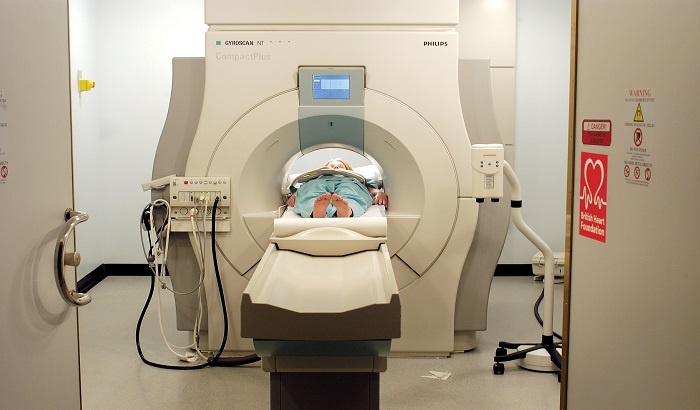
Magnetic resonance imaging or (MRI) scans are the safest and most effective way to identify high risk patients with cardiac chest pain, according to evidence from a clinical study at the University of Leeds, funded by the British Heart Foundation (BHF).
The study, published in Annals of Internal Medicine, showed that cardiac MRI was better overall at predicting serious events, such as death or heart attack, following chest pain suspected to be angina. The researchers have carried out a five-year follow-up study in 750 people, to find out the best way of separating patients based on whether they were at high- or low-risk of serious heart events. The researchers compared MRI scans, a non-invasive test which does not use potentially dangerous radiation, with SPECT, a procedure which uses ionising radiation and is commonly used in the diagnosis of coronary heart disease.
Coronary heart disease (CHD), the world’s biggest killer, is responsible for nearly 70,000 deaths in the UK each year, an average of 190 people each day, or one death around every eight minutes. This research is expected to inform future clinical guidelines for the investigation of stable coronary heart disease. In doing so it could ease pressure on the NHS as only one hospital appointment is required for MRI, compared with two for SPECT.
Professor Peter Weissberg, Medical Director at the British Heart Foundation, said:
“This research shows that MRI is the best non-invasive way to diagnose significant coronary heart disease in people with chest pain.
“The BHF invested heavily in magnetic resonance scanners for research, including in Leeds, over a decade ago. It is pleasing that this investment of publically donated money is now paving the way for better patient care.”

 Appeal Following Road Traffic Collision, Great Horton Road, Bradford
Appeal Following Road Traffic Collision, Great Horton Road, Bradford
 Bradford Man Jailed For Child Sexual Offences
Bradford Man Jailed For Child Sexual Offences
 Appeal After Burglary
Appeal After Burglary
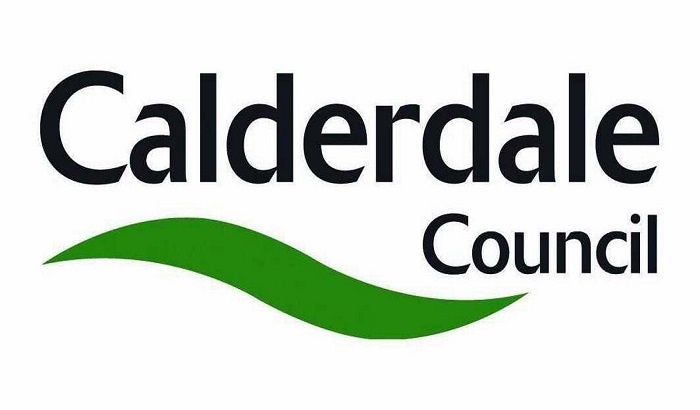 Have your say and help to build stronger communities in Calderdale
Have your say and help to build stronger communities in Calderdale
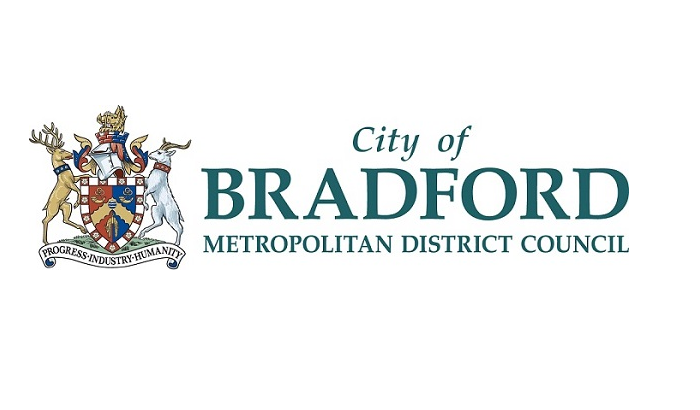 Bradford to mark the 80th anniversary of D-Day
Bradford to mark the 80th anniversary of D-Day
 City presents Windrush pioneer with prestigious Leeds Award
City presents Windrush pioneer with prestigious Leeds Award
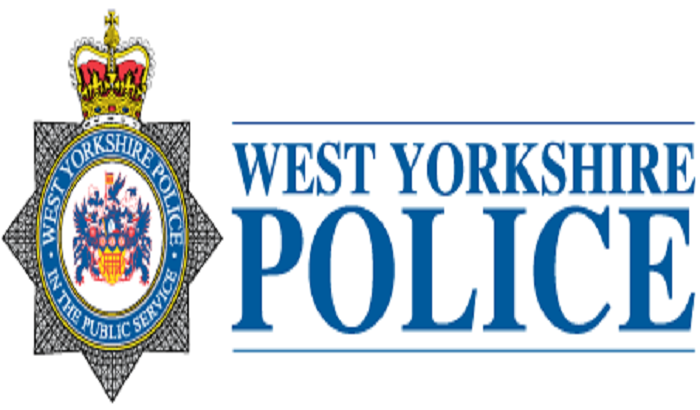 More Than 10,000 Arrests Made By Team Dedicated To Reducing Violent Crime
More Than 10,000 Arrests Made By Team Dedicated To Reducing Violent Crime
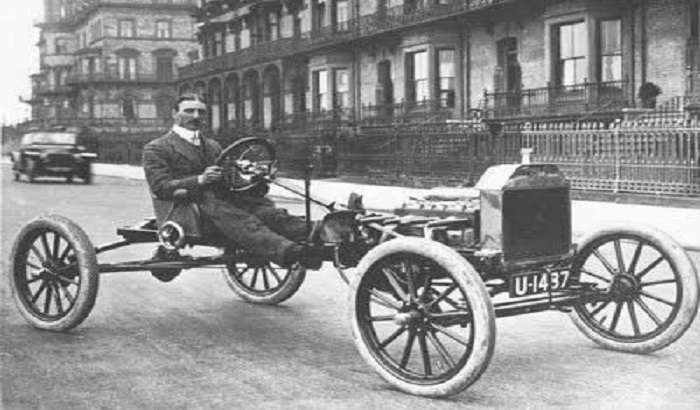 Plate expectations as historic registration could be up for sale
Plate expectations as historic registration could be up for sale
 Calderdale: Celebrating over 350 years of service at Council
Calderdale: Celebrating over 350 years of service at Council
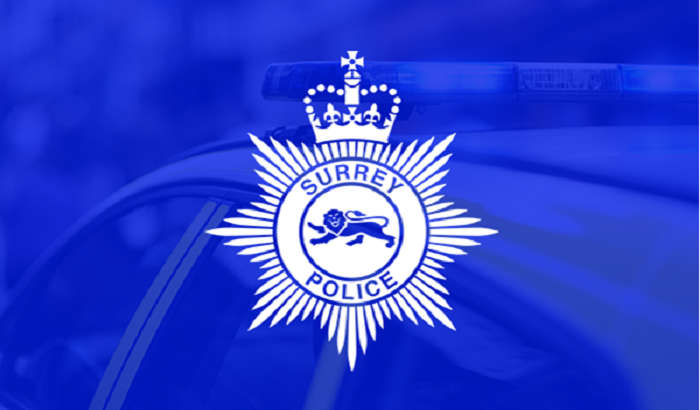 Activists who caused £100,000 worth of damage sentenced
Activists who caused £100,000 worth of damage sentenced
 Appeal Following Collision and Death of Man in Otley, Leeds
Appeal Following Collision and Death of Man in Otley, Leeds
 Legal Show
Legal Show
 Alim OnAir
Alim OnAir
 The Golden Era
The Golden Era
 Remix Saturdays
Remix Saturdays